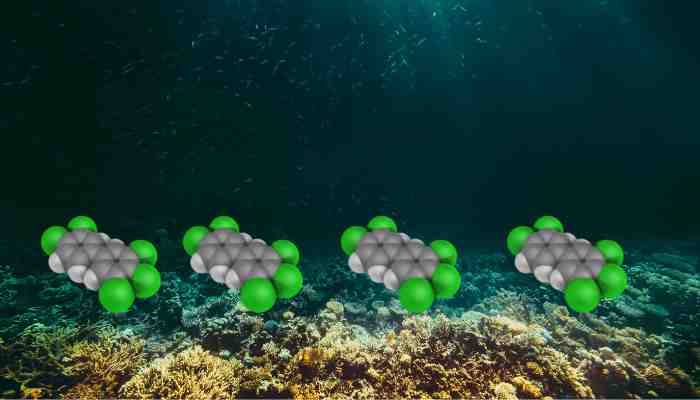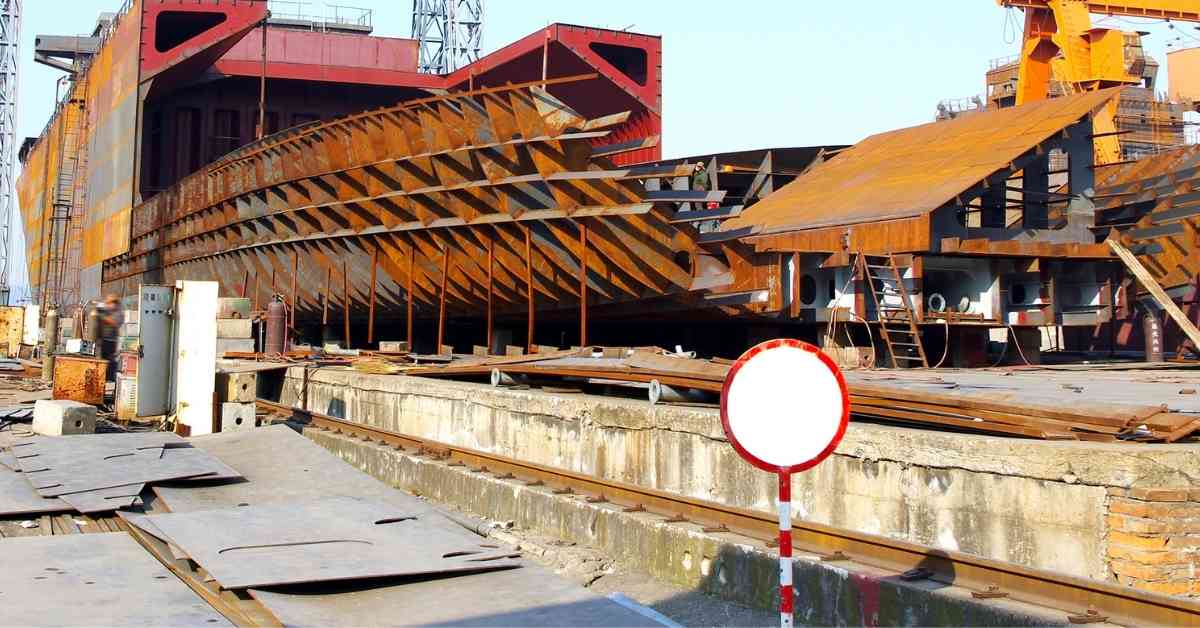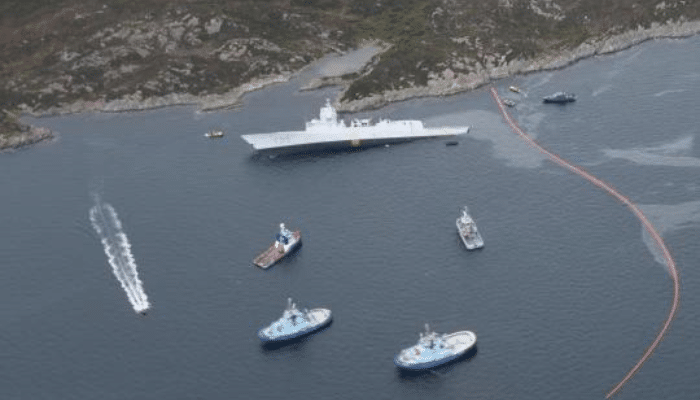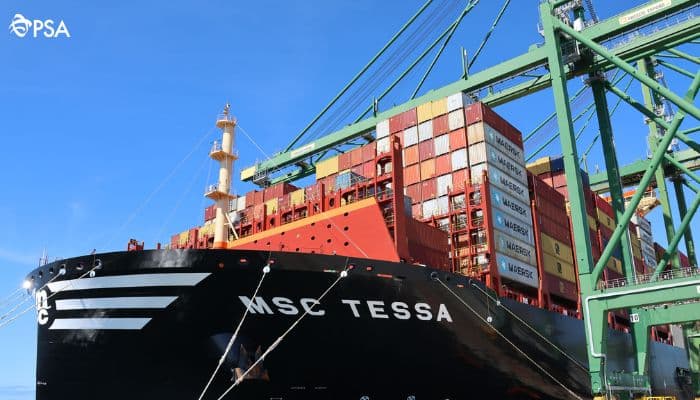

A team of experts has recently discovered the presence of human-made pollutants in one of the most remote places and deepest on Earth – the Atacama Trench, which boasts a depth of 8,000 meters in the Pacific Ocean.


The presence of polychlorinated biphenyls (PCBs) in a remote location like this emphasizes the crucial fact: No place on the planet is free of pollution.
PCBs were produced in large quantities from the 1930s to 1970s, particularly in the northern hemisphere, and were used extensively in paints, electrical equipment, coolants, and so on. In the 1960s, it became evident that they were negatively impacting marine life, leading to a near-global ban on their usage in the mid-1970s.
However, as they take decades to break down, PCBs can travel extensive distances and even spread to places that are far from where they had first been used and continue to circulate via winds, ocean currents, and rivers.
A study was conducted in the Atacama Trench to track the South American coast for about 6,000 kilometres. The deepest point is nearly as deep as the height of the Himalayas.
Sediment was collected from five sites of the trench and from different depths that ranged from 2,500 to 8,085 meters. Each sample was sliced into five layers, from surface sediments to deeper layers of mud, and PCBs were in all of those.
Pollutants get stuck to dead plankton
In that part of the world, ocean currents fetch nutrient-rich cold waters to the surface, indicating the presence of lots of plankton (tiny organisms at the bottom of the food web).
As planktons die, their cells sink to the ocean bottom, carrying with them pollutants like PCBs. But PCBs do not dissolve properly in water. Instead, they prefer binding to tissues that are rich in fat and other bits of dead or living organisms, such as plankton.
Since seabed sediment contains a lot of remnants of dead animals and plants, it serves as an essential sink for pollutants, such as PCBs. Approximately 60% of PCBs released during the 20th century are saved in deep ocean sediments.
A deep trench such as the Atacama serves as a funnel that collects bits of animals and dead plants (what researchers refer to as “organic carbon”) that gradually come falling dith the water. There’s a lot of life in the trench, and microbes degrade organic carbon in the seafloor mud.
The specialists discovered that the organic carbon lt the deepest locations in the Atacama Trench was relatively more degraded than at the other shallower places. At greatest depths, there were higher concentrations of PCB/gram of organic carbon in sediment.
The organic carbon in the mud is degraded more easily than the PCBs, which tend to remain and can also get accumulated in the trench.
A Glimpse of the Past
The storage of pollutants indicates ocean sediment could be used as a rear-view mirror of the past. It’s also possible to tell when a layer of sediment accumulated on the seafloor, and by studying pollutants in various layers, one can understand their concentrations with time.
The sediment archive in the Atacama Trench is quite surprising. PCB concentrations have been the highest in the surface sediment, which contrasts with what is found in seas and lakes.
The highest concentrations are typically found in the lower layers of sediment that had been deposited in the 1970s up to 1990s, followed by a drop in concentrations toward the surface, reflecting the ban and lowered emissions of PCBs.
For now, it has not been understood why the Atacama is different. It is possible that the sediment has not been looked at deeply enough to discover small variations in the PCBs, or the concentrations have not peaked in the deep trench yet.
The concentrations are significantly low, hundreds of times lower compared to areas lying close to human pollution sources like the Baltic Sea. But the fact that there is pollution reflects the extent of humanity’s influence on our environment.
Over 350,000 chemicals that are currently in use all over the world come at the cost of polluting the environment and humans. Pollutants have been seen to be buried below the bottom of one of the deepest ocean trenches in the world – and they are not going to go anywhere.
Reference: Science Alert, India Today










We believe that knowledge is power, and we’re committed to empowering our readers with the information and resources they need to succeed in the merchant navy industry.
Whether you’re looking for advice on career planning, news and analysis, or just want to connect with other aspiring merchant navy applicants, The Marine Learners is the place to be.